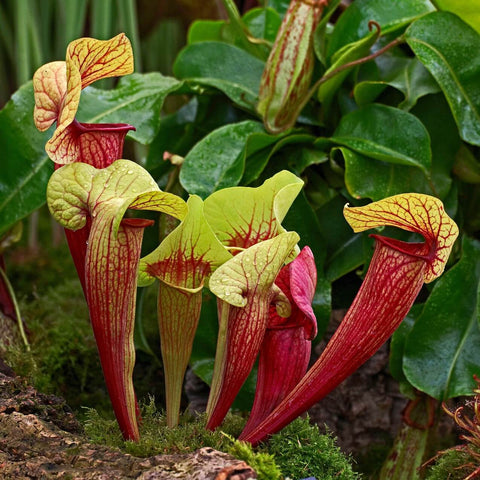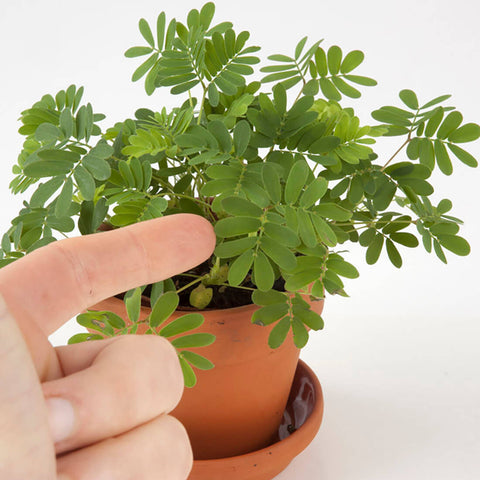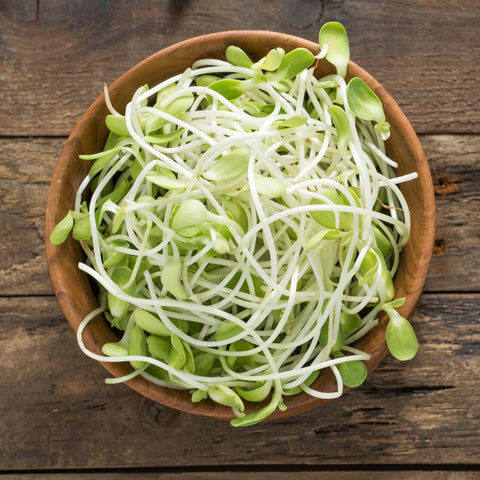It's easy to grow a flycatcher or carnivorous plant at home
Carnivorous plants are exotic houseplants and are interesting because they vary in shape, color, and behavior. They are especially interesting because they feed on insects, which they first suck into their beaks, and then suck out all the substances from them. In the end, only their shell floats away.
Sarracenia variety
One of the more well-known carnivorous species belongs to the genus Saracenia or Pitcher plant; which attracts insects with their scent and nectar. When they catch insects, they digest them in attractive cups and spit out only the frame. Pitcher plants come in many different shapes, sizes and colors, but they all have in common that the leaves are transformed into long cups with stoppers in which they catch insects. They grow to different heights, they can be just a few centimeters tall, or even up to one meter. Their characteristic colors are colorful, from yellow to green shades, to reddish structures with colored veins.
Saracenia carnivores has rhizomes and reproduces by division. In the spring, new cup-shaped leaves emerge from the rhizomes, each with a cap at the top. These caps have two functions: they prevent the pitcher from filling with rainwater, and at the same time they trap and prevent insects from escaping from the trap.
Carnivorous farming
Carnivorous Saracenia is not difficult to grow. It is very good to plant it in a mixture of peat moss, sand or perlite, in a container at least 10 cm deep. For good growth, the carnivorous plant needs constant soil moisture that must not dry out. We must water it often, and rainwater is the most suitable for this. The pot should always be on a substrate, which should always be filled with water or rainwater. Carnivorous plants do not need to be fertilized because this is harmful to them. It is more important to place it in a sunny and warm place .
The carnivore does not need additional nutrients in the soil, as it compensates for the lack of nutrients with the insects it catches. It strongly attracts them with its intense color and nectar so that they fall into a cup filled with a liquid containing digestive enzymes. The trapped insects cannot escape from this cup because the walls of the cup are extremely smooth and the insects drown there. The enzymes break down the insects and suck out all the nutrients it needs to survive.
Water should not be added to these cups, as the plant takes care of extracting the necessary amount from them if it is watered properly every day.
Wintering
In autumn, carnivorous plants slowly decay and we prepare them for wintering by watering them sparingly. During the winter, they are dormant and do not grow. The most suitable temperature for this species is 5°C. Some other carnivorous plants (Sarracenia leucophylla) also overwinter below freezing. In spring, when it gradually thaws, the plant blooms with attractive colorful flowers.
We know of some other species, such as the dark red Sarracenia purpurea, which comes from northern Canada, and is known here as an outdoor ornamental plant that survives even in extremely low temperatures.
Important instructions for growing the Saracenia variety:
🌿 Don't use a terrarium because you will destroy it.
🌿 Use only rainwater or distilled water (soft water) for watering.
🌿 Place the container in a sunny and warm place.
🌿 Do not feed the plants, because they themselves feed on insects.
🌿 Use a mixture of peat and sand or perlite.
Carnivores are ideal for beautifying the environment, and you will learn a lot by observing the plant and growing it. This plant is also very suitable for children, where they will get to know natural science up close; they will also have fun.
Among ornamental plants, we also find some carnivorous plants that catch small insects with their sticky hairs. Then the jaws close intensely. This species is called Dionaea muscipula.




